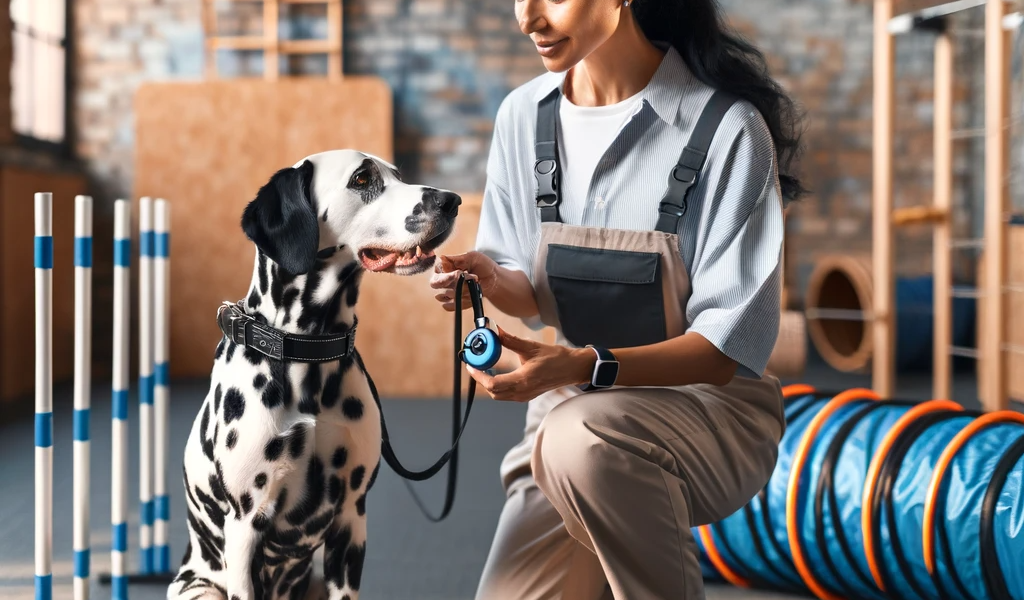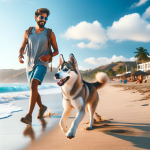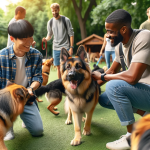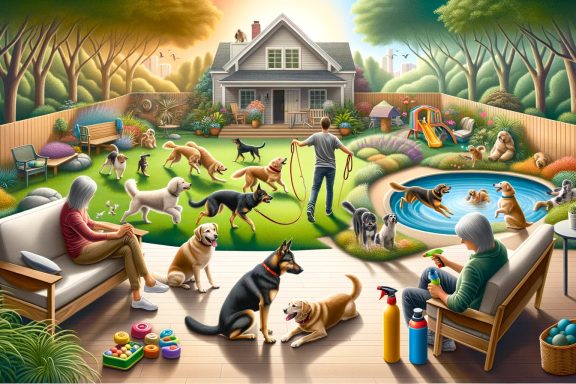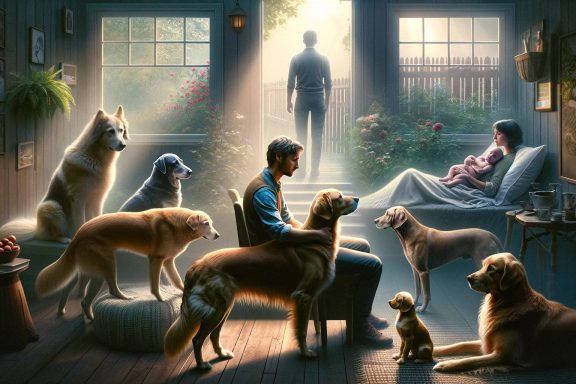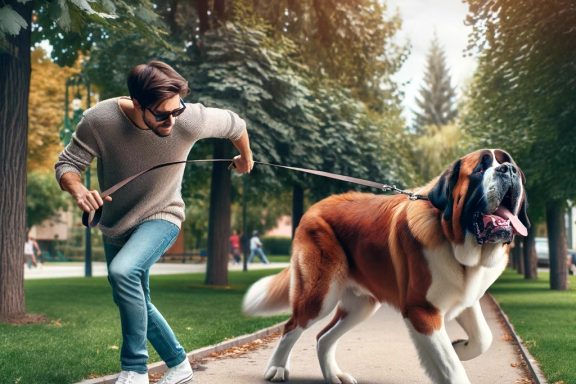Are you facing challenges with a dog that reacts aggressively towards other animals or people?
Dog reactivity training is your go-to solution.
This comprehensive guide will delve into the nuances of dog reactivity training, providing you with essential tips and strategies for successful behavior transformation.
Understanding Dog Reactivity Training
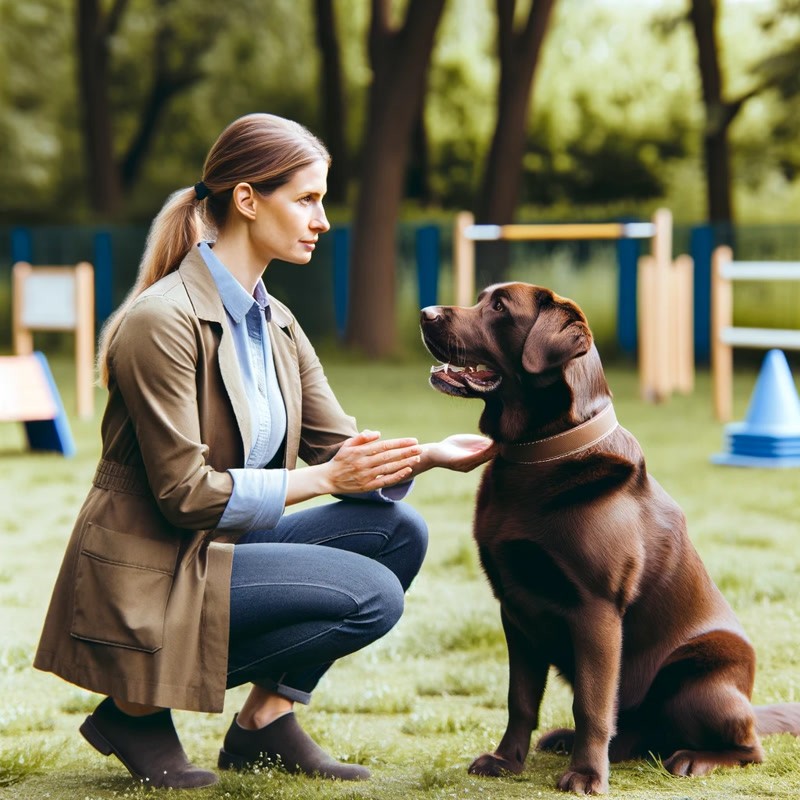
Dog reactivity training is increasingly becoming a popular topic among pet owners.
It’s about teaching your dog to remain calm in the presence of various triggers, thereby enhancing your experiences during walks and park visits.
This guide aims to provide an in-depth understanding of what dog reactivity training entails, its importance, and practical steps to implement it effectively.
What Exactly is Dog Reactivity Training?
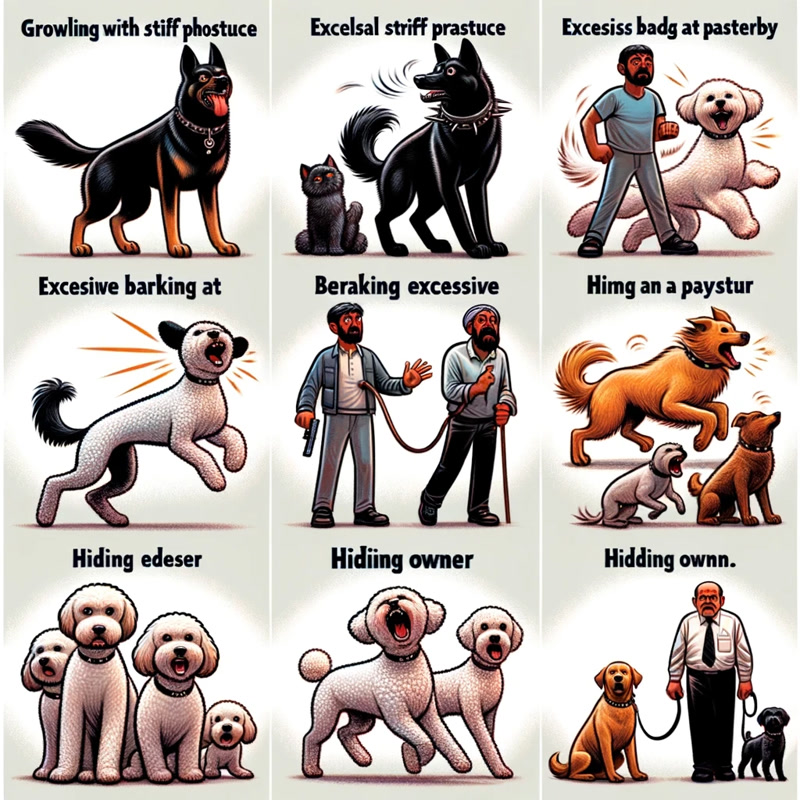
Dog reactivity training is more than just addressing occasional barking; it’s about dealing with excessive reactions in everyday situations.
This training focuses on altering the root causes of your dog’s fear or stress, transforming these emotions into calmness or happiness.
It’s crucial for managing, if not completely resolving, your dog’s reactivity.
Identifying a Reactive Dog
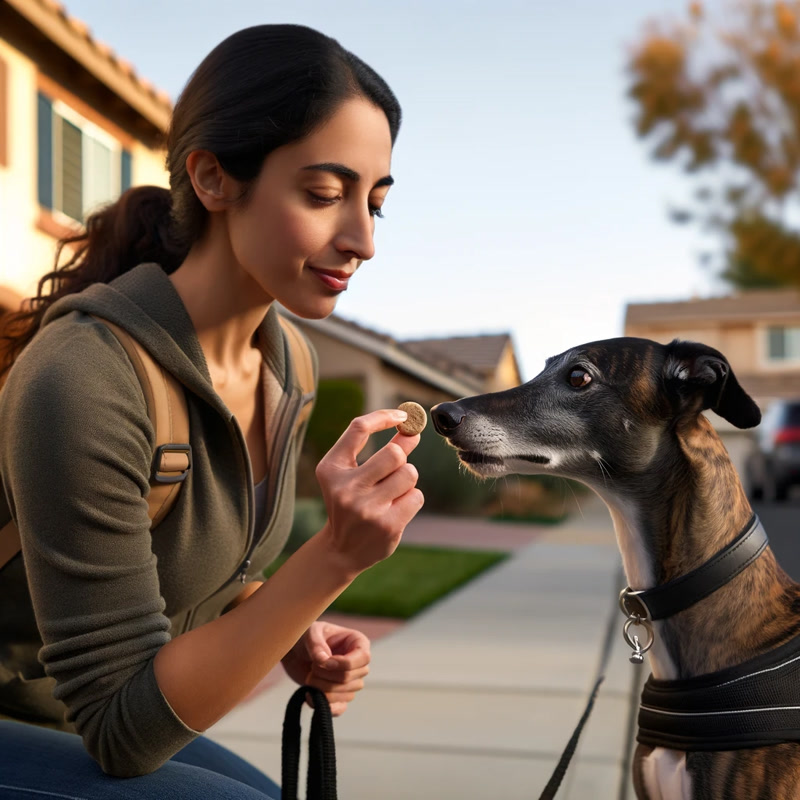
Understanding whether your dog is reactive is the first step.
This involves recognizing signs of aggression or fear, such as lunging, barking, growling, stiff posture, excessive panting, and difficulty in calming down post-reactivity.
Remember, not every energetic or excited behavior signifies reactivity; it’s about aggressive responses to normal situations.
Implementing Dog Reactivity Training
Before embarking on reactivity training, ensure to avoid punishment or negative reinforcement.
This journey requires patience and sometimes professional assistance.
Step-by-Step Approach to Reactivity Training

Identify the Triggers:
Recognize what causes your dog’s reactive behavior.
This could range from other animals to specific human features or environmental factors.
Understand Reactive Behavior:
Learn to differentiate between your dog’s comfort (under-threshold) and discomfort (over-threshold) in various situations.
Address the Trigger:
Utilize positive reinforcement as soon as your dog notices their trigger. This could be treats, toys, or other valued items.
Consistent Positive Reinforcement:
Practice is key. Gradually expose your dog to the trigger in a controlled environment, rewarding calm behavior.
Reducing Distance:
Once your dog is comfortable at a certain distance from the trigger, try decreasing it incrementally, continuing with positive reinforcement.
Ongoing Practice:
Keep practicing until you achieve a comfortable distance, understanding that complete elimination of reactivity may not be possible.
Phasing Out the Reward:
Gradually reduce the frequency of rewards, ensuring the training remains effective.
Finding a Professional Dog Reactivity Trainer
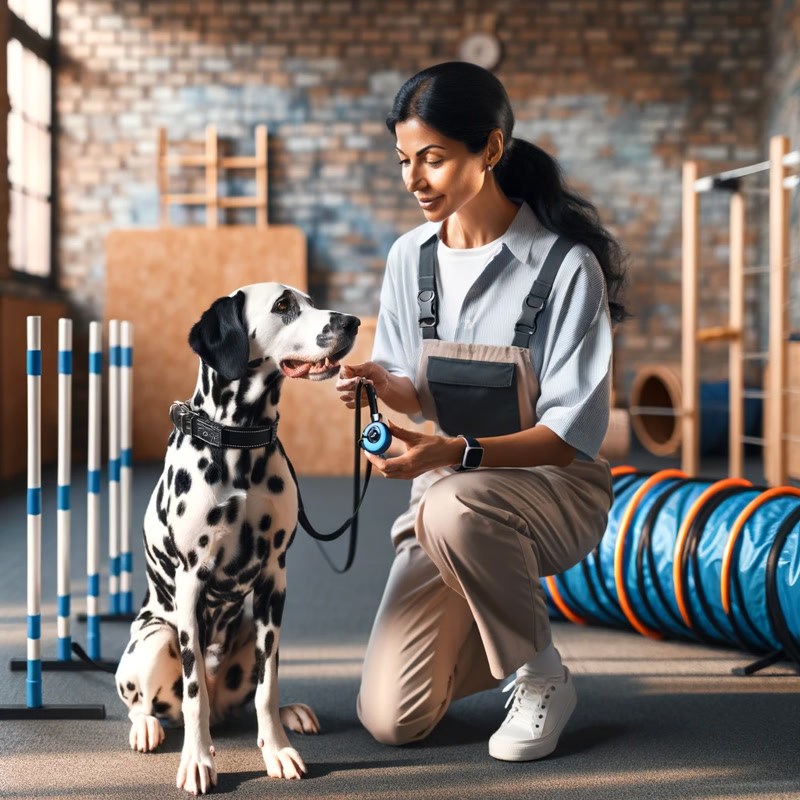
If self-training seems daunting, seeking a professional dog behaviorist is advisable.
Ensure they are accredited by reputable organizations like IAABC, CCPDT, or AVSAB.
A good behaviorist can significantly advance your dog’s progress in managing reactivity.
Conclusion
Dog reactivity training demands patience and realistic expectations.
It’s a gradual process that, when executed correctly, yields substantial improvements in your dog’s behavior.
Engage in our comment section to share your experiences or seek further advice on this transformative journey.

